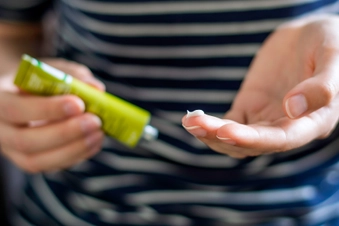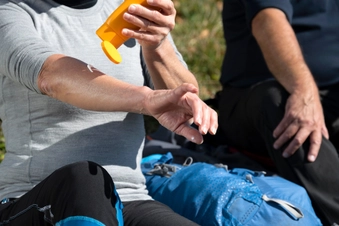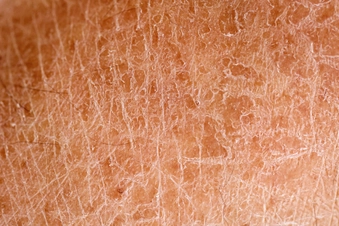How to Get the Most From Your Plaque Psoriasis Topicals

Do a Patch Test
A patch test is when you test a small amount of product on your skin. It reveals whether the topical gives you an unwanted reaction. Look out for skin color changes and further itchiness. If you don’t have a reaction after a couple of days, go ahead and add the product to your regular skin routine.

Start Slowly
Ease into using a new topical. When you first start using it, apply the product every few days. Then, you can slowly build up to using it once or twice a day. Irritation and changes to your skin color are normal at first with some products. These symptoms should disappear the longer you use the topical.

Tell Your Doctor About Other Meds
Topicals, combined with other medications, can sometimes cause side effects. That’s why it’s important to tell your doctor about all over-the-counter and prescription medicines you’re taking. They can keep a close eye on you and change your dose if needed.

Follow Package Instructions
To get the best results from a topical for plaque psoriasis, carefully follow instructions. Your doctor will show you how to use the medication, which comes with instructions in the package.

Apply Sparingly
When applying a topical steroid, less is best. Use a small amount, and only on the areas impacted by psoriasis. Applying a topical to areas other than it's intended can cause serious health problems. Skin thinning, changes in skin color, stretch marks, and other negative reactions are possible.

Use Sunscreen
Some topicals make your skin more sensitive to the sun. This means you’re also more likely to get a sunburn. Try to avoid the sun as much as possible. And be sure to use sunscreen and wear clothing that protects your skin from the sun. If you have burning, itching, stinging, or other uncomfortable symptoms, talk to your doctor.

Stop When Your Prescription Says To
Using certain topicals for longer than prescribed can cause health issues. Talk with your doctor if you’ve followed your treatment plan and your symptoms aren’t better.

Don’t Abruptly Stop
If you’re using a topical steroid, it’s also important not to suddenly stop using it. This can cause your psoriasis to get worse. Abruptly stopping may also trigger a side effect called topical steroid withdrawal (TSW). It happens when you stop topical corticosteroids without tapering. TSW causes a burning feeling, flaking, swelling, and other symptoms.

Keep Up With Your Treatment
One of the biggest barriers to treating psoriasis with a topical is sticking with it. But to see improvement, it’s important to follow your doctor’s instructions. They may also want to see you again soon after starting a topical. And you could need lab tests to check how you’re responding to treatment. Be sure to keep all of these appointments.
Show Sources
IMAGES PROVIDED BY:
1) iStock / Getty Images Plus / Getty Images
2) 500px / Getty Images
3) Corbis / Getty Images
4) E+ / Getty Images
5) iStock / Getty Images Plus / Getty Images
6) E+ / Getty Images
7) iStock / Getty Images Plus / Getty Images
8) iStock / Getty Images Plus / Getty Images
9) Voisin / Science Source
SOURCES:
Cleveland Clinic: “Retinol.”
Hodgens A, Sharman T. Corticosteroids, StatPearls Publishing, 2023.
National Psoriasis Foundation: “Steroids,” “Non-Steroidal.”
National Eczema Association: “Topical Steroid Withdrawal: What the Eczema Community Needs to Know, Now.”
UptoDate: “Treatment of Psoriasis in Adults.”
MedlinePlus: “Calcipotriene Topical.”